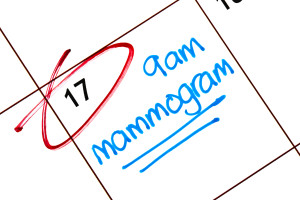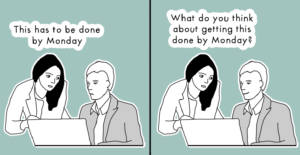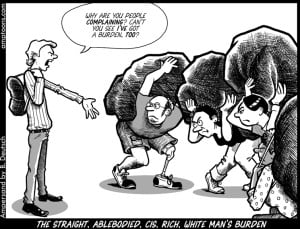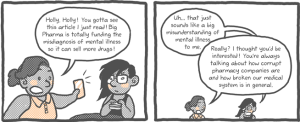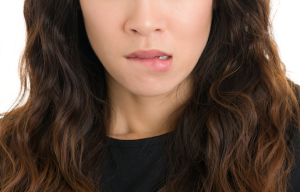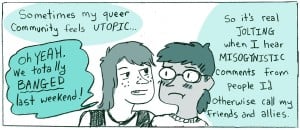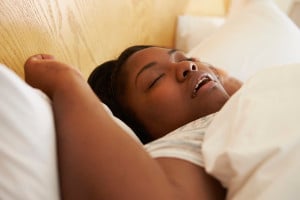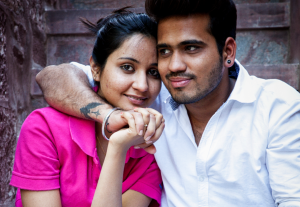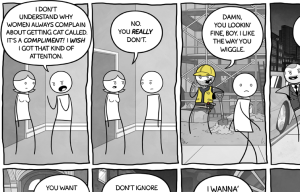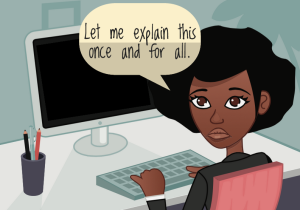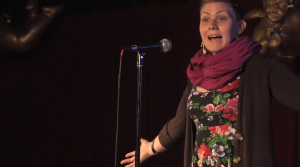A version of this story was originally published in O, the Oprah Magazine and republished here with their permission.
Caroline Rhoads, 53, has never had a mammogram.
When she reached her early 40s and her family doctor began recommending annual screenings, she didn’t pull out her calendar. Instead, she went in search of data.
“What I found didn’t convince me I needed to start so early,” says Rhoads, a primary care physician herself. “The lifesaving potential wasn’t what I’d thought. I read about the risk of false positives and unnecessary treatment. I didn’t want to open the door to that anxiety.”
Rhoads isn’t alone. More people are looking at the research on mammography and sidestepping the regular screening guidelines set forth by medical groups.
For many years, most healthcare organizations recommended mammograms every one to two years for people with breasts forty and older. But in 2009, there was a major dustup in the conversation surrounding mammography.
The US Preventive Services Task Force, an independent panel of medical experts, said screening should occur every two years starting at age 50, citing that research just didn’t support the idea that earlier routine testing was actually saving more lives.
Nevertheless, groups like the American College of Obstetricians and Gynecologists and the American Cancer Society have maintained that annual mammograms should begin at forty.
While the debate over when to start mammograms continues, opposing medical groups do seem to agree on one thing: Age-based screening is effective. So the decision by some to eschew any sort of uniform policy is being met with resistance.
Sue Eull, a 53-year-old registered nurse in Minnesota, for example, says radiology techs have tried to pressure her into getting mammograms – to the point of ushering her into the room with the machine.
“Even though I’ve discussed with my doctor the decision to wait, I’ve been made to feel like I’m [wrong] for turning down the test,” Eull says.
“A [person] saying [they don’t] want a mammogram is being wrongly interpreted as though [they don’t] care about [their] body or [their] health,” says leading breast cancer expert Susan Love, MD, founder of the Dr. Susan Love Research Foundation.
Love, 66, who herself gets screened every two years, isn’t against mammograms, but she is among a growing group of doctors at the forefront of breast cancer prevention and research who are backing away from the one-size-fits-all guidelines.
Instead of asking a person when they want to schedule a mammogram, says Love, doctors need to ask whether they want one to begin with.
It’s an approach that’s gaining traction called informed choice, in which each patient weighs the benefits and consequences of screening along with their individual health profile (including any risk factors) under the guidance of a doctor.
Why would anyone want to postpone a test that could save their life? Experts say the risks involved with screening – false positives, overdiagnosis, overtreatment – are becoming increasingly clear.
“We’ve realized that the benefits of mammography may not be as significant as we once thought,” says Eric Winer, MD, director of the Breast Oncology Center at Dana-Farber Cancer Institute in Boston and co–chief scientific adviser for Susan G. Komen.
Some studies of cis women who had mammograms in their forties suggest that the test reduces mortality by as much as 30-40%, but a new Journal of the American Medical Association (JAMA) report, which combined the results of five recent large-scale clinical trials on mammography, put the reduction at around 15%.
The researchers also broke down the potential consequences if 10,000 40-year-old women have mammograms every year for ten years: An estimated 190 will be diagnosed with breast cancer. Of those, the test will save about five. Roughly thirty will die because their cancer will prove too aggressive.
More than 6,000 of the cancer-free women will be called back with at least one false positive in ten years, potentially undergoing unnecessary biopsies.
And any abnormalities that are found will almost always be treated as if they could be deadly, exposing people to treatments – like radiation, surgery, chemo, and hormone therapy – that have their own set of risks.
“The problem is that once you identify something, it becomes emotionally very hard not to proceed with some type of treatment,” Winer says.
It’s impossible to predict exactly how any cancer will behave, but researchers have shown that mammography can lead to unnecessary treatment by comparing the frequency of cancer diagnoses among those who received routine screening and those who didn’t (and whose cancer was detected without screening – for instance, when they found a lump).
Theoretically, the cancer rates in both groups would come out to be roughly the same, but the JAMA analysis reported that the screening group had an estimated 19% higher rate of cancer detection, most likely due to the discovery of growths that, left untreated, wouldn’t have posed any health threat.
In other words, something else would have killed these people before the cancer ever did.
While breast cancer risk increases with age, there’s still a discussion as to whether people with breasts need testing every year or even every two.
Take, for example, the oft-quoted statistic that a cis woman has a 1-in-8 chance of getting breast cancer in her lifetime; that figure refers to the cancer risk for a girl born today.
But if you’re 50, your chance of a cancer diagnosis in the next decade is actually closer to 1 in 42. And there’s a nearly 99% chance that a healthy person in their early fifties, like Caroline Rhoads, will be cancer-free for the next five years.
If she had a mammogram today, there’s a 0.6% chance it would reveal cancer, and a 12.5% chance of a false positive.
“As our understanding of the data has evolved,” says Winer, “we’ve learned more about the need to individualize breast cancer screening and treatment.”
The personalized approach of informed choice no doubt faces a considerable head wind. There are those with the better-safe-than-sorry mind-set and others who point out that mammography still saves lives.
Advocates of informed choice don’t want to discount those viewpoints – what they want is for people to consider all the data, which may lead them to rethink testing or go ahead.
“Once you have the relevant health information, see how you feel,” says Michael Stefanek, PhD, former vice president of behavioral research at the American Cancer Society. “It’s an emotional decision as well as an intellectual one.”
This is the same conversation Rhoads has with her patients. And she says she’ll get tested herself when she believes the benefits of cancer detection outweigh the burden of a false positive, a tipping point that experts acknowledge differs for everyone.
Her two older sisters get screened yearly, but her younger sister, who is still in her forties, has stopped for now.
Rhoads adds that she doesn’t try to talk anyone into – or out of – a mammogram.
“I don’t want to subject myself to the risks and stress of false positives if I can avoid it, but another [person] might need the reassurance that [they’re] cancer-free. There isn’t one right answer. What matters is that each [person] makes the best decision for [them]self and [their] body.”
[do_widget id=’text-101′]
Laura Beil is a science writer based in the Dallas area.
Search our 3000+ articles!
Read our articles about:
Our online racial justice training
Used by hundreds of universities, non-profits, and businesses.
Click to learn more


